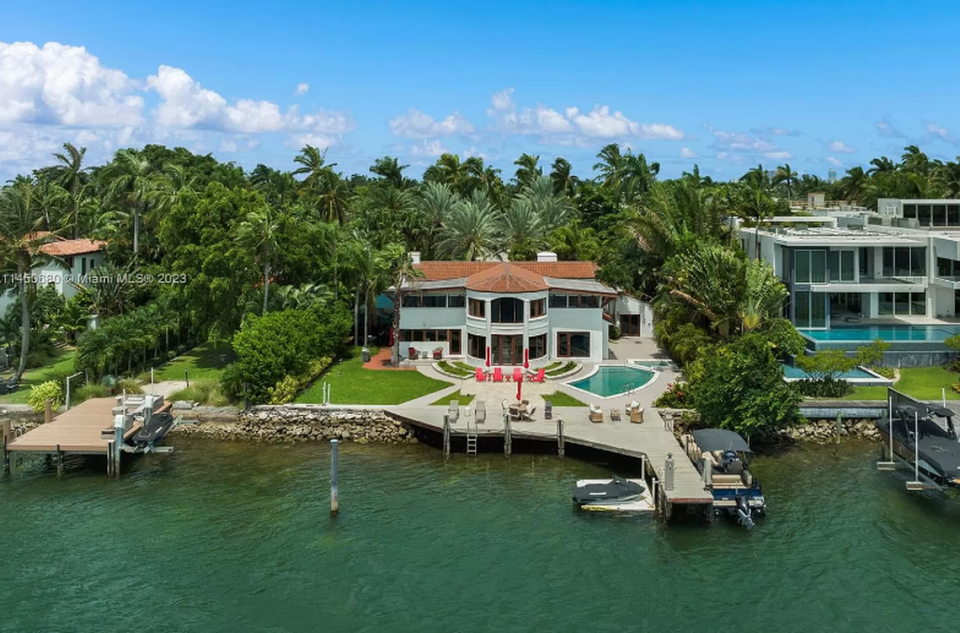Billionaire’s heir just bought a Miami Beach waterfront home for $15 million. Take a look
A billionaire’s son has bought a waterfront house on Hibiscus Island, riding a wave of über-wealthy buyers claiming their spot in the Miami Beach community since the pandemic.
Malik Sefrioui purchased the two-story house at 394 S. Hibiscus Dr. for $15.375 million from Paul Morelli, a jewelry designer who has sold his high-end collections at Mayors, Neiman Marcus, and Bergdorf Goodman. The deal closed last week.
The house has six bedrooms, seven bathrooms, a pool and a boat dock. Sitting on nearly half an acre, the property spans 101 feet along Biscayne Bay and has views of Palm Island and the ever-changing downtown Miami skyline.
Sefrioui is the vice president of the Casablanca-based cement company Ciments de l’Atlas. He is the son of Anas Sefrioui, the head of the real estate development company Groupe Addoha, who has a net worth of $1.1 billion, according to a 2017 report by Forbes.
Hibiscus Island has attracted a new level of wealth, rivaling nearby Star and Fisher islands. Located off of the MacArthur Causeway, the sister island to Palm has welcomed in recent years the likes of University of Miami patron Ibrahim Al-Rashid — son of Saudi billionaire Nasser Ibrahim Al-Rashid and Lebanese-French socialite Mouna Ayoub — and Dana Ritzcovan, executive vice president and chief people and outreach officer for Royal Caribbean Group.
“We’re in the same list as other global cities as Dubai and New York,” said Ana Bozovic, the founder of Analytics Miami. “Before COVID accelerated this wealth migration, we were seen as a destination for South American buyers and for New Yorkers coming down on vacation but now we’re on the global stage.”
Real estate agents Danny Hertzberg of the Jills Zeder Group at Coldwell Banker represented the seller, and David Solomon of Berkshire Hathaway HomeServices EWM Realty represented the buyer. Hertzberg, Solomon, and their clients declined to comment.
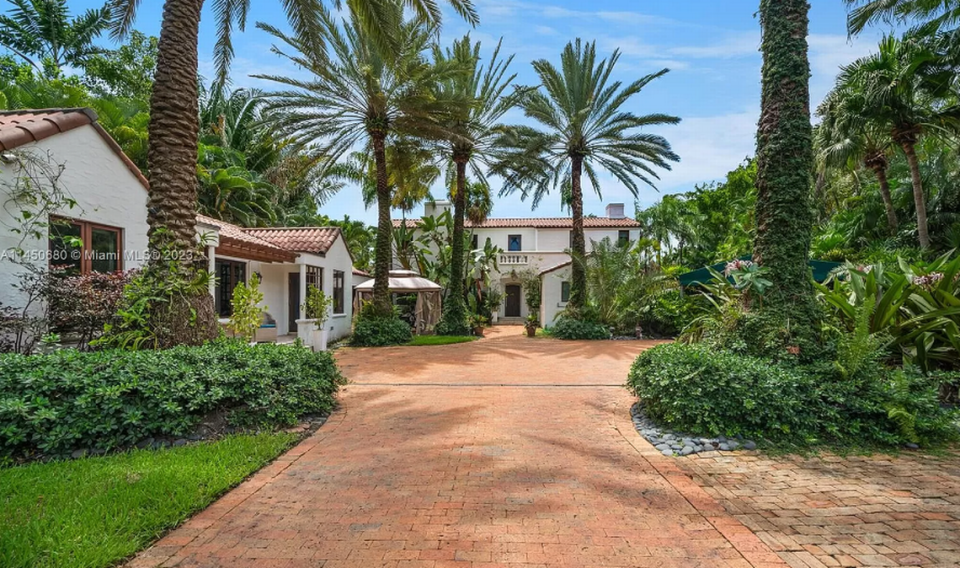
Bought for the views
The house last sold for $11.5 million in 2021, meaning Morelli made a 37% return on his purchase. Other homes have also seen big price jumps in little time. The most recent comparable sale of a 0.6-acre waterfront house at 225 N. Hibiscus Dr. sold for $17.5 million in 2022, an increase from $13 million when it sold in 2021. Today, the house, built in 1934, is long gone, demolished by its new owners, and the site sits empty and ready for development.
This house also may face its final chapter soon. Sefrioui bought the 1930 house primarily for its views, according to a source close to the deal, but the heir plans to demolish the existing residence and build a new one for either himself or to sell.
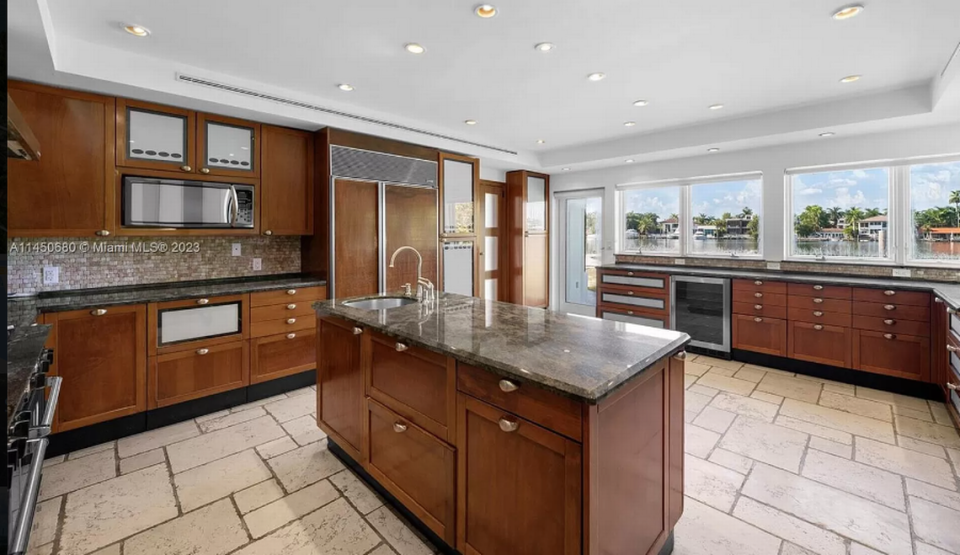
More historic homes are being demolished these days in Miami Beach. Once, owners had to gain the approval of Miami Beach’s Historic Preservation Board to tear down residences built before 1942. Enforcement died after state legislatures approved a law in 2023 giving owners the right to demolish residences facing a threat from sea level rise. The change paved the way for several houses to be demolished across South Florida, including Al Capone’s last residence on Palm and an Alfred Browning Parker gem in Coral Gables. The battle continues between local preservationists, officials, owners and state legislatures over larger historic sites, such as hotels.
If Sefrioui plans to sell new construction, Bozovic said, “I’m optimistic for it, because I believe we’re going to continue to attract people of great affluence from all around the world. It has that postcard view. You can’t recreate that.”
“Older homes have problems,” she said. “Newcomers don’t want to deal with problems. They want something that’s equipped. If they can build something that maximizes the land value and water frontage, they can sell it for more.”
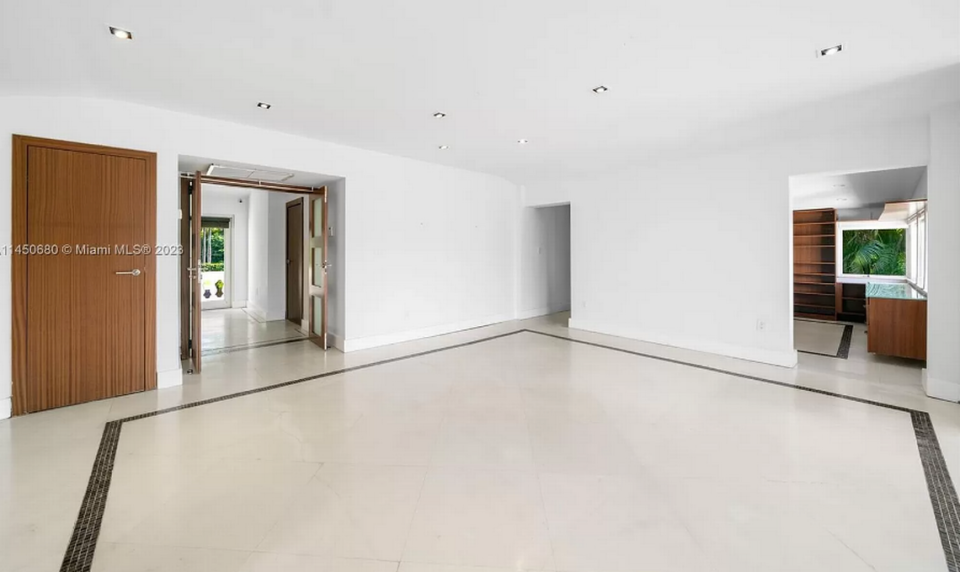
Once a home for snowbirds
Hibiscus is a man-made island created from the dredging of Biscayne Bay, said Daniel Ciraldo, executive director of the Miami Design Preservation League. Just like its sister Palm and neighboring Star islands, the communities were created after the construction of the MacArthur Causeway, one four connections from the mainland to Miami Beach. Hibiscus made its debut in 1924, and appealed to wealthy industrial families who wanted a getaway from Midwestern winters.
The residences were built in a Mediterranean style and with stucco to keep the home cool. At the time, Ciraldo said, homeowners and their families would have gathered on Hibiscus Island’s Club Lido where, at the time, alcohol would have been sold discreetly during the Prohibition Era. Al Capone, who once lived on Palm Island, would have likely been a frequent guest.
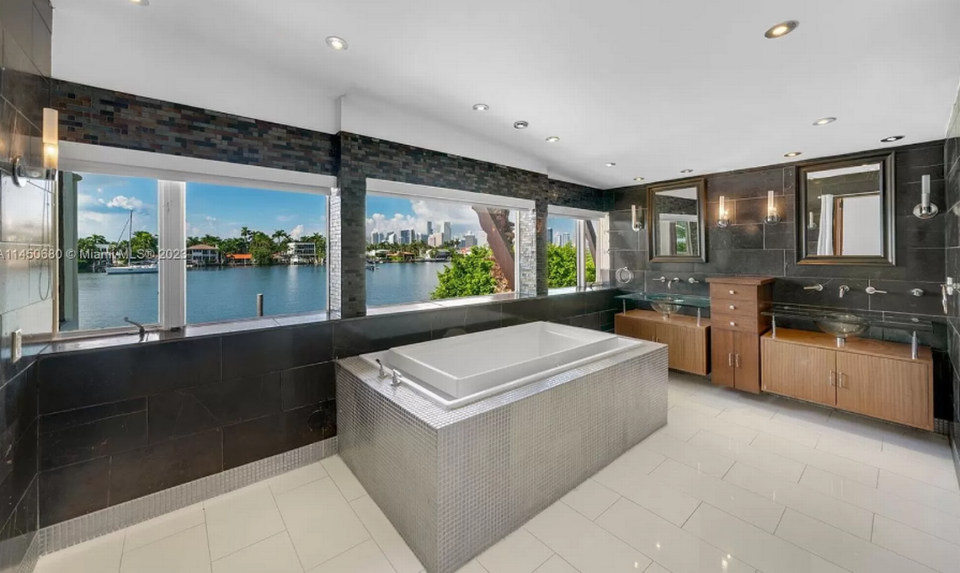
The club closed in 1934 and later became the Miami Beach Rod & Reel Club for fishing enthusiasts. In 2010, preservationists lost out on a battle to preserve the Miami Beach Rod & Reel Club’s home and the building was demolished. The site was redeveloped into a single-family home. Today, Palm and Hibiscus residents share a gated entrance, security and a park with a basketball court.
Demand to own a slice of Hibiscus has grown in recent years, and it has led to price increases.
“This is reflected of the growth of South Florida and the region,” Ciraldo said. “It is kind of like it was 100 years ago — it’s entrepreneurs, wealthy families coming in and wanting to spend their time here.”
